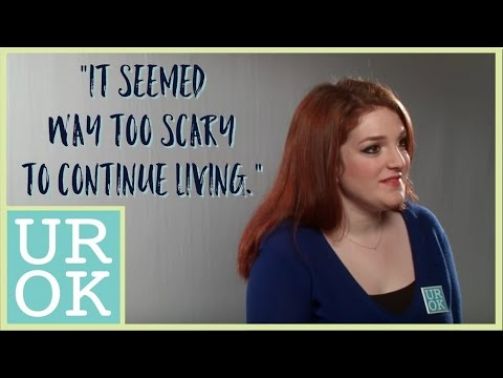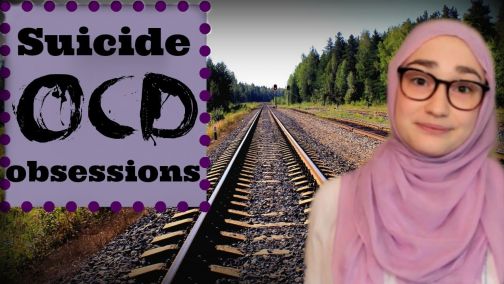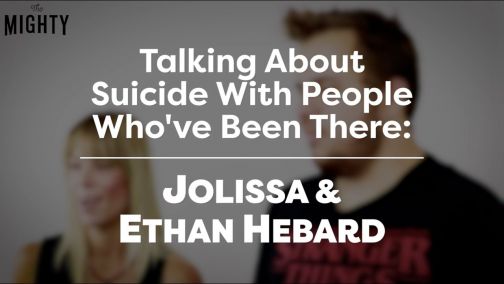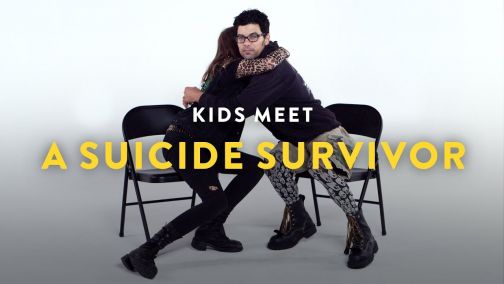Suicide, Suicidal Ideation and OCD
What is Suicide?
Suicide is the purposeful taking or ending of one’s own life. According to the World Health Organization, roughly 800,000 people commit suicide each year. The highest number of suicides occurs between adults ages 45 to 54. There is no single cause, and men are more likely to commit suicide than women.
Suicidal ideation are thoughts that people have about killing themselves. These can be upsetting and hard to deal with. Suicidal thoughts are often broken into two groups: active and passive. Active suicidal ideation means a person wishes to die and is planning a way to do so. Passive suicidal ideation means a person wishes to die, but does not have a plan for doing so. Both should be taken seriously. If you are a someone you know are suicidal, call the National Suicide Prevention Lifeline at 1-800-273-8255.

What is Suicidal OCD?
Dr. Phillipson defines and discusses Suicidal OCD
How Does it Relate to OCD?
Suicidal thinking can be both a symptom and subtype of OCD. For some sufferers, their OCD causes so much pain and isolation, that they become depressed and think about killing themselves. For others, suicidal obsessions can manifest as Suicidal OCD — a subtype in which sufferers are so worried about acting on the suicidal thoughts in their head that they constantly fear themselves. The reality is, OCD latches onto the things you care about most. You value your life and don’t want to commit suicide, yet you can’t shake the thought of how you’d end it.
Because OCD is often paired with another mental illness like depression, some OCD sufferers are at a higher risk of suicide. New studies suggest that OCD sufferers are 10 times more likely to commit suicide or display suicidal behavior. Additionally, 5-25% of people with OCD have admitted to attempting suicide at some point in their lives.
If you’re having repetitive and unwanted thoughts about suicide, or have attempted to commit suicide, remember you’re not alone and that there are people and organizations that can help.
What Can I Do About it?
It can be hard to tell the difference between OCD-related suicidal thoughts and ones that might lead you to commit suicide. The most important thing to do is tell someone you love and seek help.
The standard treatment for sufferers of Suicidal OCD, or OCD in general, is Exposure Response Prevention Therapy (ERP). ERP is when you voluntarily expose yourself to the source of your fear over and over and over again, without acting out any compulsion to neutralize or stop the fear. By repeatedly facing something you’re afraid of, you force your brain to recognize how irrational it is.
There are other treatment options as well. Mindfulness-based Cognitive Behavioral Therapy, also known as CBT, teaches people to identify, understand and change negative thinking patterns and behaviors. Patients are taught problem-solving skills during therapy lessons and then instructed to practice them on their own time in order to build positive habits.
If you know someone with OCD who’s displaying signs of suicide, be a support system for them and encourage them to seek help. Empathy goes a long way and making a loved one feel safe and comfortable can help them more than you know. Suicide is a very serious issue, so always make sure to seek professional help as well.
From the Community
Support our work
We’re on a mission to change how the world perceives mental health.





